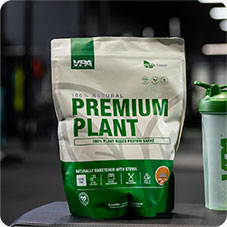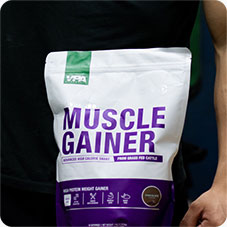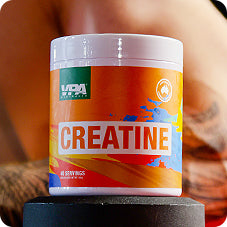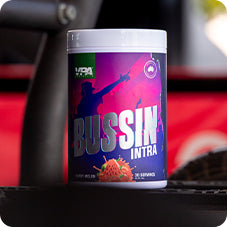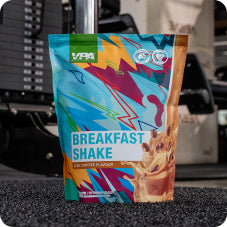Your Cart is Empty
Housework is your fat loss solution!
June 26, 2019 2 min read

We all have those days where we are too busy at home or work that it makes it hard to get to the gym. Or some days we need to have a rest day to let your bodies recover. Well here is a general guide of how many calories you are burning by doing everyday tasks not at the gym. Of course, it differs slightly between men and women, as well as your weight and body physique but this is a general guide.
At home:
House chores can be boring and time-consuming but if we treated it as a style of workout and listen to music while completing these repetitive tasks you may burn just as many calories as you do at the gym. Calories can add up quickly when doing a range of activities for 15 minutes each:
- Washing the dishes (26Cal)
- Sweeping (39Cal)
- Washing windows (34Cal)
- Vacuuming (43Cal)
- Mopping (43Cal)
- Taking out the rubbish (26Cal)
- Cooking (26Cal)
- Putting away groceries (34Cal)
- Watering plants (26Cal)
- Carrying babies/toddlers (34Cal)
- Making the bed (17Cal)
Outdoor chores (15 minutes):
- Chopping wood (85Cal)
- Digging/gardening (68Cal)
- Fruit and vegetable picking (34Cal)
- Watering the garden (9Cal)
- Mowing with a hand mower (85Cal)
Occupation:
If your tired after a long day of work this may explain why. Here is the rough Calorie loss from one hour of being at work:
- Office work (34Cal)
- Walking on the job in office (154Cal)
- Police officer in squad car (68Cal)
- Baker (204Cal)
- Building (340Cal)
- Farming/Butcher (476Cal)
- Plumbing (170Cal)
- Masseur (204Cal)
- Painter (238Cal)
Self care:
These eveyday tiny tasks can burn small amount of additional energy over 15 minutes:
- Getting dressed (17Cal)
- Eating (9Cal)
- Hairstyling (26Cal)
- Showering (17Cal)
- Brushing teeth (17Cal)
- Sexual activity (9Cal)
So, put the time and effort into the house chores/activities and you may see results too. It is recommended that everyone undertakes 30-60 minutes of moderate intensity exercise at least 5 times a week to prevent health issues. Long term benefits have shown to clearly reduce the development of diabetes, high blood pressure, colon cancer and much more. So look at the positives when doing the housework, it’s not all bad.
Interesting Fact:
Did you know that 1 kilocalorie (equivalent to 1 Calorie – with an uppercase “C”- in terms of food) is the amount of energy/heat required to raise the temperature of 1kg water by 1˚C.
References for ‘Housework is your fat loss solution’:
(Starner 1996) (Leaf and Reuben 1996) (Henderson 2017) (Pace 2000)
Leaf, D. A. and D. B. Reuben (1996). ““Lifestyle” interventions for promoting physical activity: a kilocalorie expenditure-based home feasibility study.” The American journal of the medical sciences312(2): 68-75.
Pace, B. (2000). “The benefits of regular physical activity.” JAMA283(22): 3030.
Starner, T. (1996). “Human-powered wearable computing.” IBM systems Journal35(3.4): 618-629.
Also in Training

Boosting Your Health: Understanding Aerobic and Anaerobic Metabolism
July 22, 2024 4 min read
Learn about the key differences between aerobic and anaerobic metabolism, and how to optimize your workouts for better health and fitness. Discover the benefits and performance-boosting potential of combining these two metabolic powerhouses.
Read More
Smash Through the Wall: How to Increase Your Lactate Threshold for Running Glory
July 08, 2024 4 min read
Learn science-backed strategies to boost your lactate threshold, enhance running performance, and achieve your fitness goals. Discover expert tips and techniques here.
Read More
The Ultimate Guide to Cross-Training
July 01, 2024 5 min read
Learn about cross-training, crafting a plan, tailoring for different fitness goals, and activities beyond the gym. Discover the ultimate fitness guide at VPA.
Read More Recent Articles
- Boosting Your Health: Understanding Aerobic and Anaerobic Metabolism
- Smash Through the Wall: How to Increase Your Lactate Threshold for Running Glory
- The Ultimate Guide to Cross-Training
- Embrace the Cold: How to Stay Active and Healthy Throughout Winter Down Under
- What is Hyrox?
- Mastering the Pull-Up
- Building a Champion: Why Cardio and Strength Training are Your Fitness Dream Team
- Beyond the Six-Pack: Building a Strong Core for Everyday Life
- Routine and Discipline – The Backbone of Fitness
- Calisthenics for Beginners




